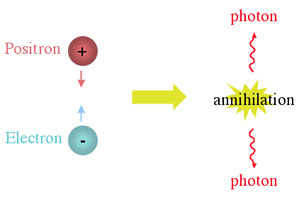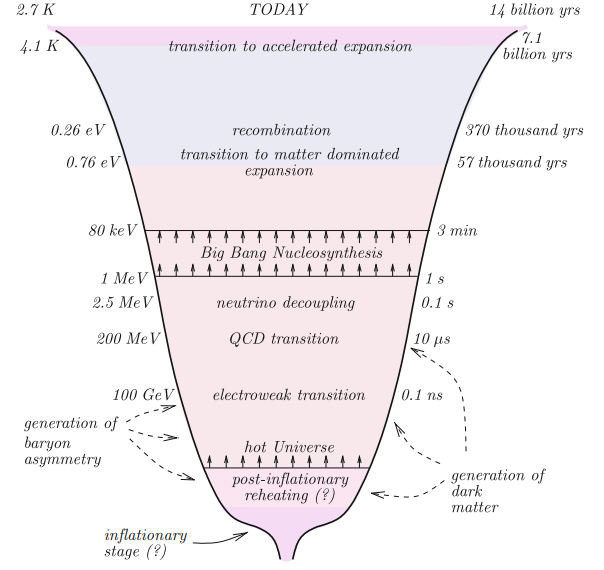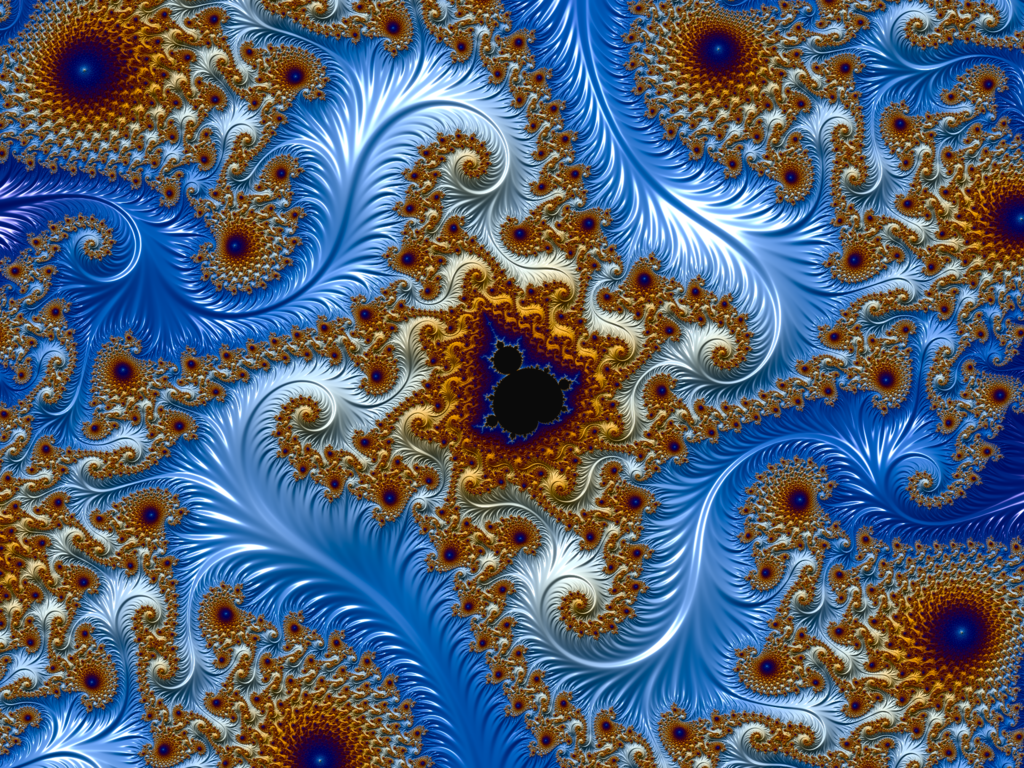Where is all the Antimatter?
Antimatter may seem like a strange concept from the realms of science fiction, but the truth is that we should be as familiar with antimatter as we are with normal matter. PET scans which are used in hospitals rely on the fact that certain radioactive elements decay by producing positrons – the antiparticle of the electron. Positrons are emitted by the radioactive nuclei, but quickly encounter normal matter and annihilate, producing a burst of gamma rays which the PET scanner detects.

It’s very easy to tell if antimatter is around, because as soon as it collides with normal matter, both particles are annihilated and become gamma radiation. So it’s a good thing that there appears to be very little antimatter on Earth or indeed in our galaxy. If there were equal amounts of matter and antimatter here we’d very quickly see literal annihilation.
But this is where we encounter a problem. It’s obvious that the universe is full of matter and not antimatter, but in particle physics all currently known physical processes produce as much matter as antimatter. Whether you’re dealing with photons, quarks or electrons, if you’ve got an interaction between them the “baryon number”, which measures the number of matter particles minus the number of antimatter particles, is a constant. So whatever you do in particle physics, there’s no way to make more matter than antimatter.
So how do we explain the fact that there is more matter than antimatter in the universe? The fact is that currently, we don’t know. This is called the “baryon asymmetry problem” of cosmology.
Is there a Simple Solution?
A simple suggestion for a solution is simply that it might be the case that the universe started off with more matter than antimatter and so the asymmetry has been preserved by conservation of baryon number. But this is deeply unsatisfactory.
Another hypothetical suggestion is that if our galaxy is a matter galaxy, perhaps there are loads of “antimatter” galaxies out there in the universe. An antimatter galaxy would theoretically look exactly like a normal galaxy, the only difference between particles and antiparticles is their electric charge. You can have antiparticle atoms like anti-hydrogen which have a negatively charged nucleus orbited by a positron. Antimatter would react the same with photons as matter does so antimatter galaxies would look like normal ones.
The problem with this suggestion is that we would see huge releases of gamma rays whenever matter and antimatter galaxies collided, but we don’t see any evidence for the existence of these rays.
We Need High Energy Physics
The generally accepted scenario is that our physics is just not advanced enough yet and that there are processes we don’t currently know about which can produce more matter than antimatter.
The problem with our current physics is that it is very good and accurate for low energy regimes such as that which we find ourselves in today, but it breaks down at high energies. Obviously at the Big Bang, temperatures and hence energies would’ve been unbelievably high. Our physics breaks down as we approach the moment of the Big Bang because we don’t have a theory that works at such high energies.

Current work in theoretical physics suggests that at some energy scale (10^16 GeV) the fundamental forces except gravity unify into one Grand Unified Force. At this energy level we expect all sorts of new physics to come into play and it is possible that processes that produce more matter than antimatter occur. It’s not unreasonable to expect this to be the case. Calculations to do with the relative abundance of elements in the universe suggest that in order to get the correct result for the relative abundance of elements, matter must dominate over antimatter very early on in the history of the universe, certainly before nucelosynthesis when the universe was a second old. The energy scales at this sort of time become very large very quickly so it is reasonable to suspect that some high-energy process is responsible for baryon asymmetry.
Is this a Problem for the Big Bang?
The baryon asymmetry problem is often wrongly seen as a problem for the Big Bang theory of cosmology. This is not the case. We know from quantum field theory that all known physical processes produce as much matter as antimatter. Any other theory of cosmology would have to explain the lack of antimatter in the universe, but it would be unable to without some more advanced physics.
In fact the baryon asymmetry problem could actually be seen as evidence for the Big Bang. Since no low energy processes produce more matter than antimatter, to account for the baryon asymmetry you need to postulate some high energy processes. But these high energy processes (by definition) only occur at high energies. Any other theory of cosmology is unlikely to be able to provide high enough energies as naturally as the Big Bang can. In the Big Bang model, it’s very clear that there was an extremely high energy era in the universe’s lifetime, but in other cosmologies it is difficult to have any high enough energy scenario.
So, far from being an issue with the Big Bang theory, the baryon asymmetry problem is just a sign of our lack of knowledge of physics at high energies. The problem calls for a more fundamental theory of physics, it is far from being a problem for the Big Bang theory.


First of all, it’s really good to see articles of theoretical physics in WordPress. Thank you.
There is a common problem in the “language” of our understanding. The moment one thinks, there needs to be a “new” physics, the person inadvertently creates a gap in his/her thoughts as between “old” and “new”, as if the latter is an unrelated concocted outlandish phenomenon, supported only by observation, and then begins The Great Question of reconciling old and new. There is no “new physics” but either an extension of the existing or a better perspective for wider coverage. What do you think ?
LikeLiked by 2 people
Thank you very much, it’s great to see you enjoying the articles! I think I broadly agree with you, physics is a continuous search and very little of the content really changes. What happens more is that old theories and facts get interpreted in a slightly different way – Newtonian mechanics used to be thought of as the mechanics of everything, relativity didn’t invalidate it, only it had to be reinterpreted as a low-velocity approximation. Problems in old physical theories often disappear in new theories because of a reinterpretation of other facts.
LikeLiked by 1 person